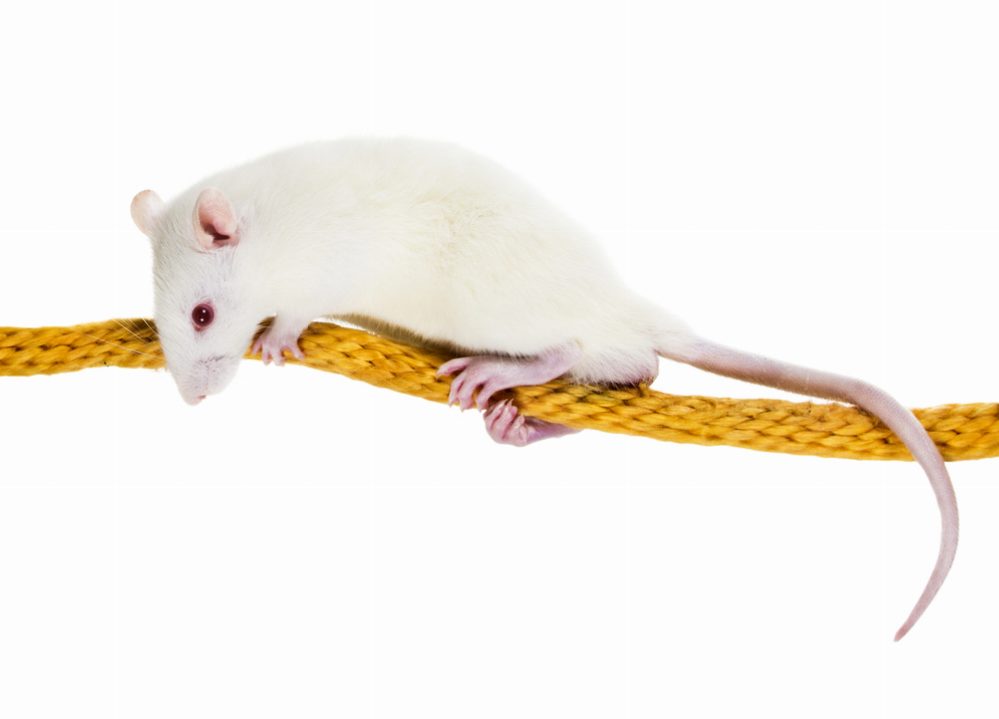Sevoflurane, an Anesthetic, May Be Suitable for PAH Patients Undergoing Surgery

Sevoflurane might be suitable to sedate patients with pulmonary arterial hypertension (PAH) who are undergoing surgery, according to the study, “Rats with chronic, stable pulmonary hypertension tolerate low dose sevoflurane inhalation as well as normal rats do,” published in the journal PLOS One.
PAH is a chronic disease characterized by increased intravascular pressure due to the thickening of the vascular walls, which often leads to right ventricular (RV) failure. In surgery patients, PAH is a major risk factor and accounts for higher mortality rates and worse perioperative outcomes. The choice of anesthetic agent is crucial in the management of these patients.
Sevoflurane is a commonly used volatile sedative with cardioprotective and neuroprotective properties. Despite its ability to induce dose-dependent decreases of both pulmonary and systemic pressures, sevoflurane’s effects on RV function in PAH patients are little known.
In the study, researchers from Central South University in China generated a PAH rat model through injection of a compound named monocrotline (MCT), which led to the development of vascular endothelium injury, pulmonary hypertension, and RV hypertrophy and failure — the PAH characteristics in humans.
Results demonstrated that sevoflurane induced a similar concentration-dependent decrease of systemic and pulmonary blood pressure and RV contractility in both normal and PAH rats. The findings suggested that in clinical practice, chronic PAH patients might tolerate low-concentration sevoflurane inhalation similarly to non-PAH patients, and that this might be a suitable sedative or adjunct anesthesia agent for patients with RV dysfunction.
The research team also found that SERCA2a, a protein whose downregulation is thought to be involved in the development of PAH, was decreased in MCT-treated rats, an effect that was enhanced with sevoflurane inhalation both in PAH and control rats, suggesting that SERCA2a is linked to this pathway.
In contrast, phospholamban (PLB), a protein required for SERCA2a activation, was increased in PAH rats. A decrease in the SERCA2a/PLB ratio is known to contribute to contractile dysfunction. However, it is the particular increase in the levels of phosphorylated PLB (pPLB) that leads to those defects. Interestingly, the investigators found that the levels of pPLB decreased upon sevoflurane inhalation, suggesting that dephosphorylation of PLB with sevoflurane might represent a novel therapeutic approach for PAH.







